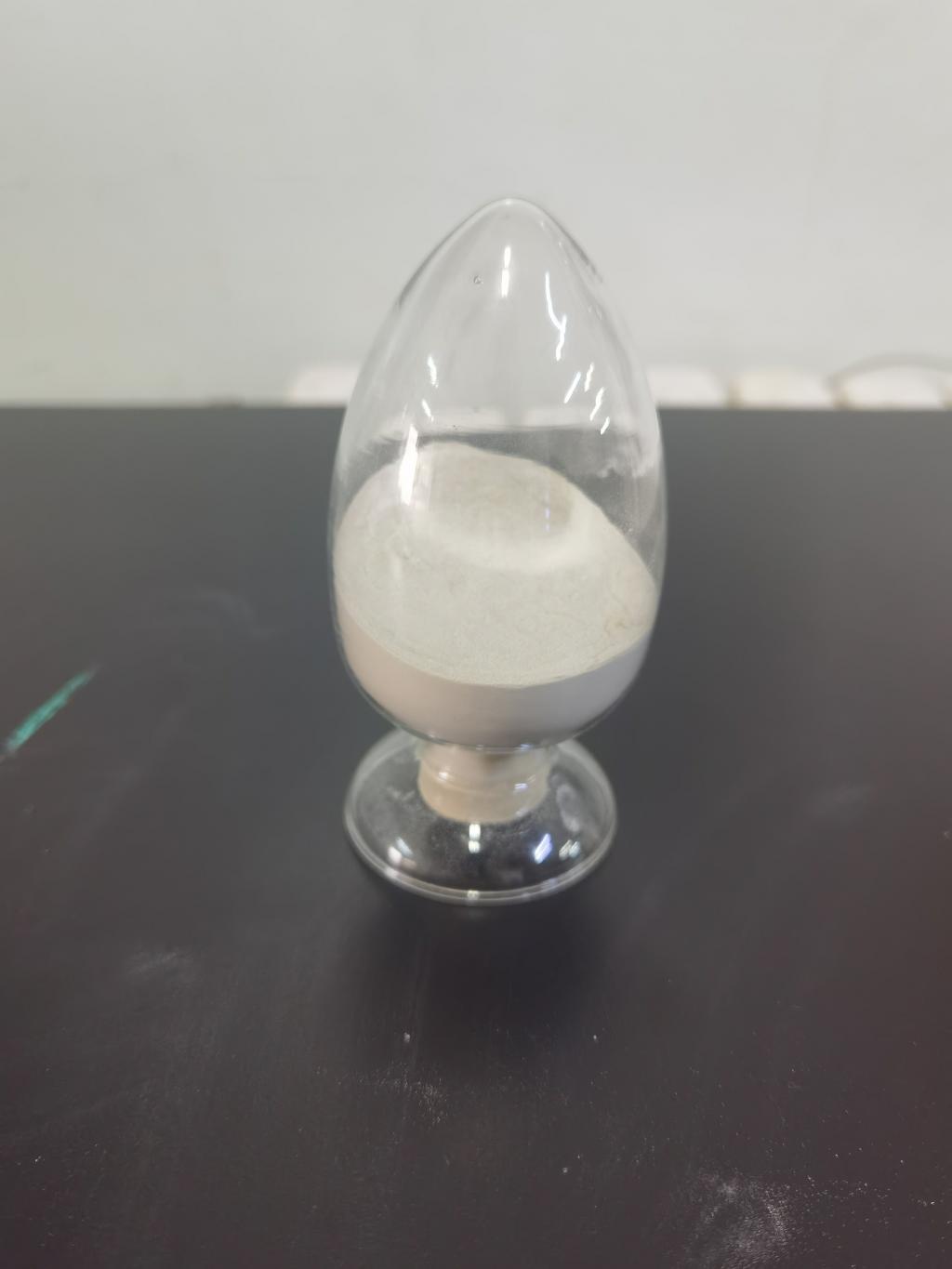
 CONTACT
CONTACT
- Linkman:Linda Yao
- Tel: +8618231198596
- Email:linda.yao@dcpharma.cn
- Linkman:CHARLES.WANG
- Department:Overseas
- Tel: 0086 0311-85537378 0086 0311-85539701
Nisin's Potential in Addressing Health Concerns Associated with Traditional Food Preservation
TIME:2024-01-17
Food preservation has been an essential practice throughout human history, ensuring that perishable goods remain safe and edible for extended periods. However, traditional food preservation methods often come with health concerns related to the use of certain chemicals and additives. In recent years, there has been a growing interest in exploring alternatives, and nisin, a natural antimicrobial peptide, has emerged as a promising candidate. This article delves into the health concerns associated with traditional food preservation methods and examines how nisin might offer a safer and healthier alternative.
Traditional Food Preservation Methods and Health Concerns
Chemical Preservatives: Traditional methods of preserving food often involve the use of chemical preservatives, such as sulfites, nitrites, and benzoates. While these additives effectively inhibit microbial growth and extend shelf life, they have raised concerns regarding their potential adverse health effects. For instance, sulfites can trigger allergic reactions in sensitive individuals, and nitrites have been linked to the formation of nitrosamines, which are associated with an increased risk of certain cancers.
High Levels of Sodium: Another common preservation method involves the use of salt, which has been used for centuries to preserve meats and fish. While salt is effective in preventing spoilage, excessive sodium intake is linked to hypertension and cardiovascular diseases. The modern diet, often high in processed and preserved foods, contributes significantly to the global burden of non-communicable diseases.
Canning and Heat Processing: Canning and heat processing are widely employed to extend the shelf life of various foods. While effective in killing harmful microorganisms, the high temperatures used in these processes can lead to the loss of nutritional content in the food. Additionally, concerns have been raised about the potential formation of harmful compounds, such as acrylamide, during high-temperature processing.
Introduction to Nisin
Natural Origin: Nisin offers a compelling alternative to the health concerns associated with traditional preservatives due to its natural origin. It is a peptide produced by certain bacteria through fermentation, aligning with the growing consumer preference for natural and minimally processed ingredients. As a ribosomally synthesized and post-translationally modified peptide (RiPP), nisin is distinctively different from the chemical additives commonly used in traditional food preservation.
Broad-Spectrum Antimicrobial Action: Nisin's antimicrobial properties make it an effective preservative against a wide range of Gram-positive bacteria, including pathogenic strains. Its mechanism of action involves disrupting the bacterial cell membrane, leading to cell death. Importantly, nisin exhibits this action selectively, targeting harmful bacteria while leaving beneficial bacteria and other food components unaffected.
Health Benefits of Nisin
Preservation without Chemical Residues: One of the significant health benefits of nisin is its ability to preserve food without leaving harmful chemical residues. Unlike some traditional preservatives that may have residual effects on the final food product, nisin breaks down naturally and does not introduce foreign substances into the food chain.
Reduced Sodium Content: In applications such as meat preservation, where salt is commonly used, nisin offers a means to reduce sodium content without compromising safety. By inhibiting bacterial growth, nisin allows for effective preservation with lower salt concentrations, addressing concerns related to excessive sodium intake in the diet.
Retention of Nutritional Value: The application of nisin in food preservation methods such as hurdle technology, which combines multiple preservation techniques, allows for lower heat processing. This, in turn, helps retain the nutritional value of the preserved food. The minimal impact on the nutritional content distinguishes nisin from traditional preservation methods that may compromise the quality of the final product.
Regulatory Status and Consumer Perception
Regulatory Approval: Nisin has gained regulatory approval in various countries as a safe food additive. International organizations, including the Food and Agriculture Organization (FAO) and the World Health Organization (WHO), have established acceptable daily intake levels for nisin, affirming its safety for consumption.
Consumer Acceptance: The natural origin of nisin and its proven safety profile contribute to its positive perception among consumers. As awareness of the health concerns associated with traditional food preservation methods grows, there is a shift in consumer preferences towards products that utilize safer and more natural alternatives like nisin.
Challenges and Future Directions
Bacterial Resistance: One potential challenge associated with nisin's use is the development of bacterial resistance. Ongoing research focuses on understanding the mechanisms of resistance and developing strategies to mitigate this risk. Innovations in delivery systems and dosage optimization are being explored to enhance the effectiveness of nisin in the long term.
Expanded Applications: While nisin has found success in certain food categories, further research is needed to explore its potential in a broader range of applications. This includes investigating its effectiveness in preserving fruits, vegetables, and other non-dairy and non-meat products. The versatility of nisin in different food matrices is a key area of exploration for its expanded use.
Conclusion
As the food industry seeks alternatives to traditional preservation methods associated with health concerns, nisin stands out as a promising solution. Its natural origin, broad-spectrum antimicrobial action, and health benefits position it as a valuable tool in the quest for safer and healthier food preservation. By addressing the pitfalls of chemical additives and high-sodium content, nisin offers a path towards a more sustainable and health-conscious approach to extending the shelf life of perishable goods. As research and innovation in the field continue, nisin's potential in addressing health concerns associated with traditional food preservation methods is likely to play a pivotal role in shaping the future of food safety and sustainability.
- Tel:+8618231198596
- Whatsapp:18231198596
- Chat With Skype







